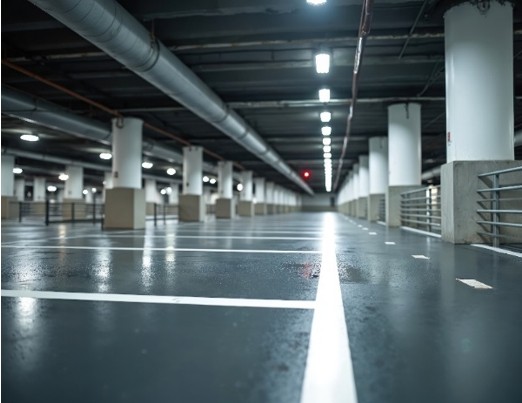
Introduction
Hawaii’s tropical climate is beautiful—but it’s tough on pavement and concrete. Heat, rain, and salt air accelerate wear and tear, leading to cracks that invite water damage. For property managers, HOAs, and commercial property owners, this means higher maintenance costs and safety risks. Fortunately, epoxy treatments offer a smart, long-term solution.
